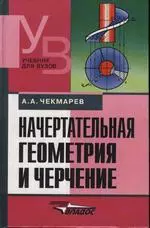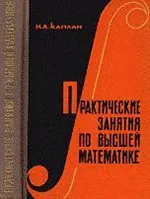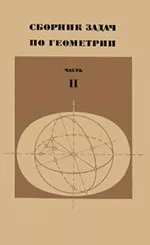A BOOK OF CURVES BY E. H. LOCKWOOD. Senior Mathematics Master, Felsted School Formerly Scholar of St John's College Cambridge. CAMBRIDGE AT THE UNIVERSITY PRESS. - 1961
Plane curves offer a rich and to some extent unexplored field of study which may be approached from a quite elementary level. Anyone who can draw a circle with a given centre and a given radius can draw a cardioid or a limagon. Anyone who can use a set square can draw a parabola or a strophoid. Anyone who knows a few of the simpler propositions of Euclid can deduce a number of properties of these beautiful and fascinating curves.
In school they may be used to instruct and entertain classes at all levels. In a class of mixed ability some will pursue the theory while others continue with the drawing.
Teachers may use the book in a variety of ways, but it has been written also for the individual reader. It is hoped that it will find a place in school libraries, and will be used too by sixth-form pupils, whether on the arts or the science side, who have time for some leisurely work off the line of their main studies, time perhaps to recapture some of the delight in mathematics for its own sake that nowadays so rarely survives the pressure of examination syllabuses and the demands of science and industry.
The approach is by pure geometry, starting in each case with methods of drawing the curve. In this way an appreciation of the shape of the curve is acquired and a foundation laid for a simple geometrical treatment. There may be some readers who will go no further, and even these will have done more than pass their time pleasantly; but others will find it interesting to pursue the geometrical development at least to the point at which one or other of the equations of the curve is established. Those who have a knowledge of the calculus and coordinate geometry may prefer to leave the text at this point and find their own way, using as a guide the summary of results which will be found at the end of each chapter of Part I and some chapters of Part II.
In Part II the reader is encouraged to explore further for himself, using whatever resources are available to him. While some individual curves are briefly discussed, this part of the book is mainly concerned with methods by which new curves can be found. Those whose delight is in the drawing will find much to occupy them here; but deduction can often contribute both to the shaping of a curve and to a discovery of its properties.
CONTENTS
Frontispiece. Section of the shell of a Pearly Nautilus fossil. (Reproduced by permission of Dr A. M. Winchester of Stetson University, Florida.)
HISTORICAL INTRODUCTION....... ІХ
NOTATION............... ХІ
PART I. SPECIAL CURVES
1 The Parabola . . . 2
2 The Ellipse .......12
3 The Hyperbola......24
4 The Cardioid.......34
5 The Limagon ......44
6 The Astroid .......52
7 The Nephroid......62
8 The Deltoid.......72
9 The Cycloid.......80
10 The Right Strophoid ... 90
11 The Equiangular Spiral . . 98
12 The Lemniscate of Bernoulli........110
13 The Tractrix and Catenary........118
PART II. WAYS OF FINDING NEW CURVES
14 Conchoids..... 126
15 Cissoids...... 130
16 Strophoids..... 134
17 Roulettes..... 138
18 Pedal Curves ....152
19 Negative Pedals . .. . . 156
20 Glissettes........ 160
21 Evolutes and Involutes .. 166
22 Spirals........ 172
23 Inversion.......176
24 Caustic Curves.....182
25 Bipolar Coordinates . . .. 186





